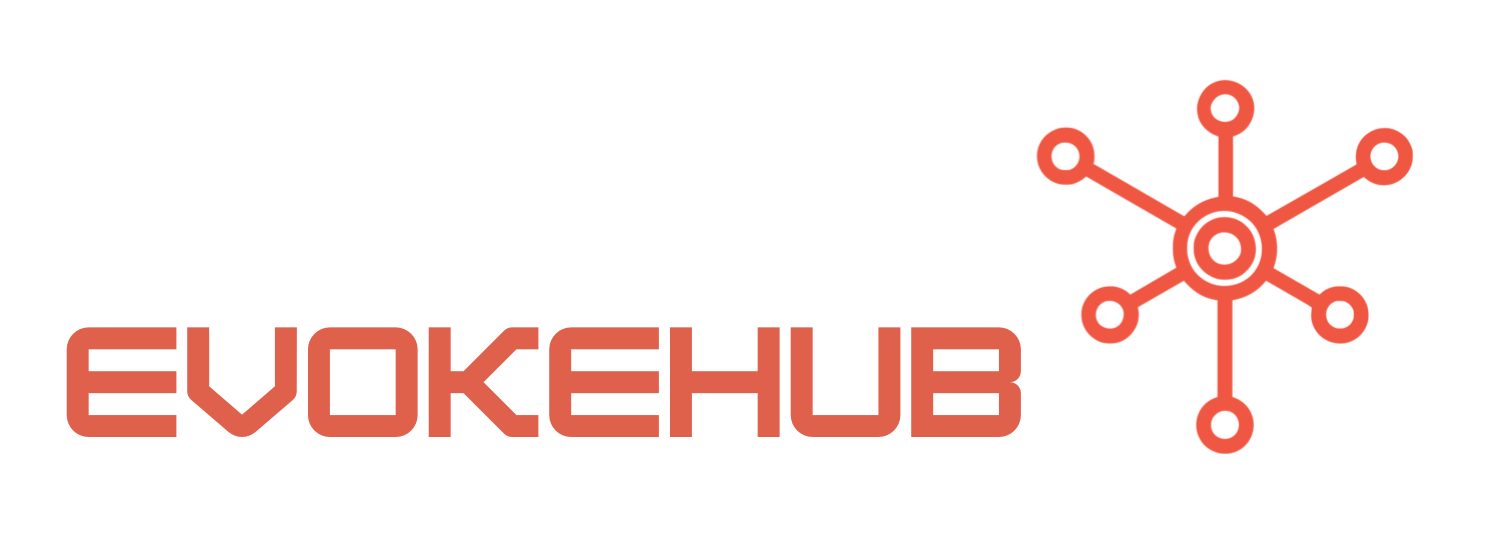Essential Feature Flag Tools for .NET Development Teams
- LaunchDarkly
LaunchDarkly is a leading feature flag management platform that provides robust capabilities for .NET development teams. It enables teams to manage feature flags through a dynamic dashboard, allowing for real-time updates and targeted rollouts. With its advanced targeting rules and user segmentation features, LaunchDarkly empowers teams to test new features with specific user groups, ensuring that only the right audience experiences changes. The built-in analytics can help teams understand user engagement and performance metrics, making it easier to iterate on features based on real-world data. For more information, visit LaunchDarkly. - FeatureToggle
FeatureToggle is a lightweight and open-source feature flag library designed specifically for .NET applications. It offers an easy-to-implement API, making it accessible for teams that want a straightforward solution without the overhead of a complex platform. With FeatureToggle, developers can define flags in code, enabling or disabling features based on the environment or configuration settings. Its simplicity and ease of use make it an ideal option for smaller teams or projects that require quick iterations without extensive infrastructure. More details can be found at FeatureToggle GitHub. - Split.io
Split.io is another powerful feature flag tool that offers feature experimentation in addition to its flag management capabilities. It supports .NET applications and provides an intuitive interface for creating flags, targeting users, and analyzing results. Split.io emphasizes collaboration among development, product, and marketing teams, allowing them to work together in deploying features safely. Its data-driven approach assists teams in making informed decisions about feature rollouts and optimizations. To explore more, check out Split.io.
Comprehensive Guide to Choosing the Right Tool for You
When selecting a feature flag tool, it’s essential for .NET development teams to consider their specific needs and workflows. Start by assessing the scale of your projects—larger teams may benefit from comprehensive platforms like LaunchDarkly or Split.io, while smaller teams may find simpler options like FeatureToggle more suitable. Factor in the complexity of your feature flag management, as some tools offer advanced targeting and analytics that may be unnecessary for smaller projects.
Another crucial aspect to consider is the integration capabilities of the tool. Since most .NET applications run on various platforms and frameworks, the ability of a feature flag tool to integrate seamlessly with your existing tech stack is vital. Look for tools that provide SDKs specifically for .NET, ensuring that your development process remains streamlined without requiring significant adjustments. Evaluate the documentation and support resources available, as a well-supported tool can significantly reduce the learning curve for your team.
Finally, pricing is an important consideration, especially for budget-conscious teams. While some tools offer free tiers or open-source options, others may require a subscription based on usage. Consider not only the upfront costs but also the potential ROI from using a feature flag tool effectively. By weighing these factors, .NET development teams can choose a feature flag tool that enhances their workflow, improves collaboration, and ultimately contributes to the success of their software projects.
In conclusion, feature flag tools are indispensable for .NET development teams seeking to innovate and deploy features safely and efficiently. With options ranging from comprehensive platforms like LaunchDarkly and Split.io to simpler solutions such as FeatureToggle, teams can find a tool that aligns with their specific needs. By carefully evaluating factors such as project scale, integration capabilities, and pricing, development teams can make informed decisions that benefit their workflows and enhance their software development processes. Embracing feature flags will not only improve release management but also foster a culture of continuous delivery, agility, and collaboration within teams.




